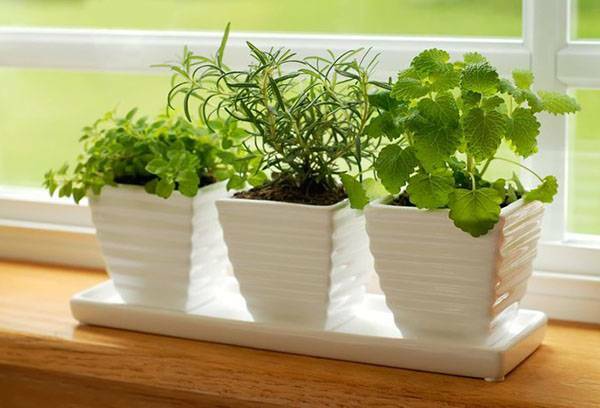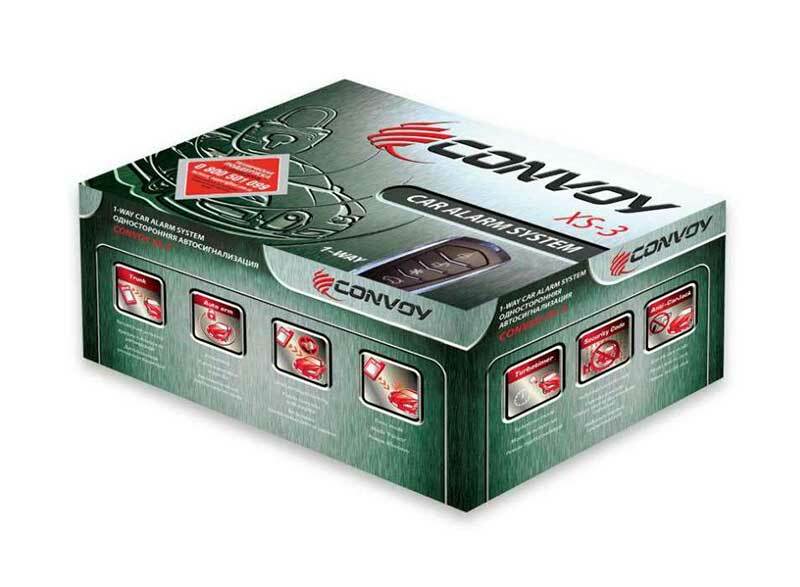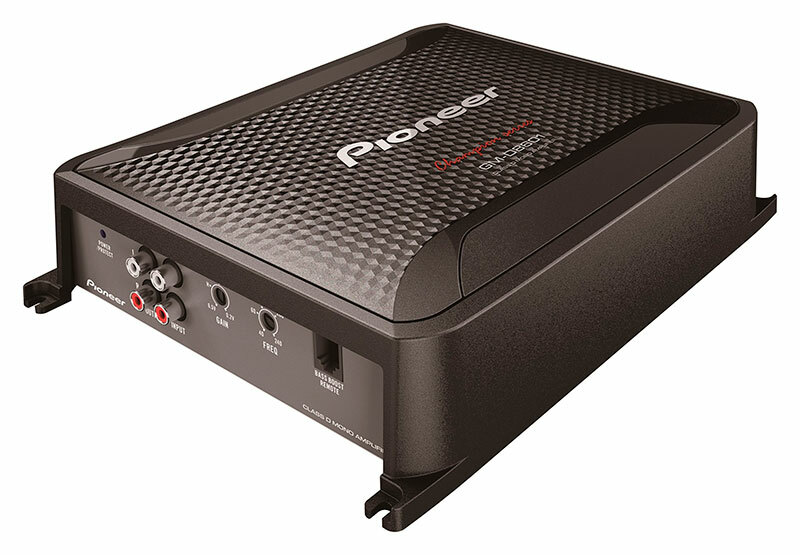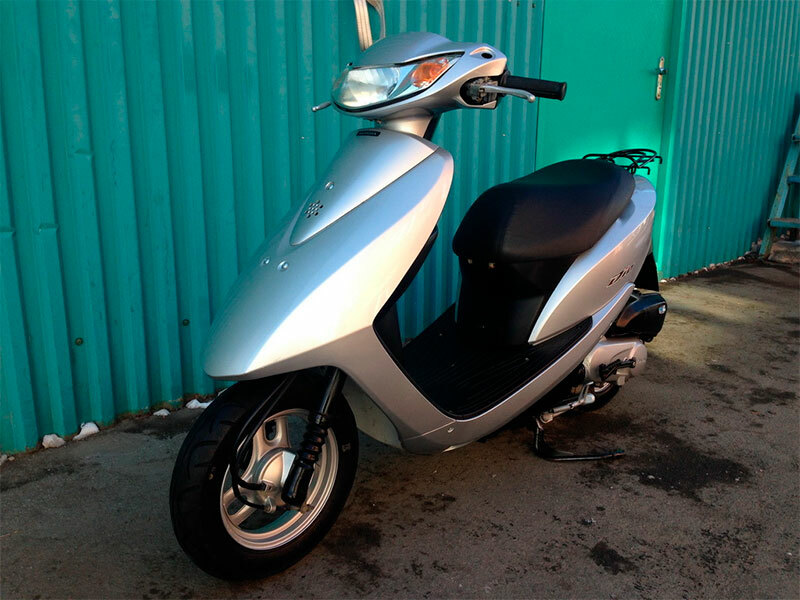Contents:
- Symptoms of the disease of the plant
- Pest features
- Methods of struggle
What to do when a favorite flower suddenly began to wither, aches or have it settled into suspicious insects? The first thing you need to know is what pests of indoor plants are. Understand the existing types of simple, it is enough to carefully examine the leaves, stem and roots in the soil.

Symptoms of the disease of the plant
Most often, pests attack certain places, settle in the ground, eat leaves or stems. If the infection has occurred relatively recently, the symptoms will not be so obvious, but if you look carefully, you can still notice them.
- White spots on soil or leaves.
In plants with such symptoms, it is often possible to detect the following pests: mealy or rootworm, whitefly, red arachnid, clover mite. The worm can be identified by the characteristic deposits resembling cotton wool( mealy leaves them on the leaves, and the root in the ground).Adhesive secretion and leaf drop indicate a whitefly attack. Clover mite can be recognized by a white grid on the leaves, the skin in this place is dead, and when infected with a red spider mite under the leaves, a thin whitish web is visible.
- Yellow spots.
This may be the first sign that the pot was enchytrae or scab. Enchytraeas resemble white worms, they can be found in the ground, right at the roots of the plant. If the spots on the leaves are sticky, then this indicates that they have a shield on them.
- Brown spots.
Such tracks leave thrips. Usually brown, brown spots are under the sheet, and from the top are visible white streams, which insects leave when moving.
- Deformed shoots and leaves.
More often this sign indicates that aphids or cyclamen mites have settled on indoor plants. In the first case, the leaves and shoots to the touch are sticky, the flowers( if any) quickly fade and dry. The scraper can be recognized by the dust layer on the underside of the sheet. If you do not get rid of it in time, then eventually the leaves of the plants twist and dry up.
- The plant withers.
Slow flower wilt can be a sign of damage by fungal mosquitoes, leaf or root nematodes. Nematodes often lead to the death of the whole plant, while on the roots you can see a characteristic swelling. Adult individuals of fungal mosquitoes are not dangerous, but the problem is that in the soil there are their larvae, which, as they grow, deplete the young roots.

Features of the whitefly
Pest features
It is worth noting that pests on indoor plants are not found as often as in a greenhouse or garden. But it also happens that they are in the apartment of a multimillion-dollar city. What are these parasites?
- Shielding is insects 2-5 mm in size, they are fed by cellular juice. Above, pests are covered with scutes, their appearance resembles brown droplets of wax. Shield is difficult to separate from the sheet, under it you can see the discolored fabric and sticky coating, which contribute to the development of black mushrooms.
- Chervets is a sucking parasite with a diameter of 3-5 mm. It is a close relative of such an insect as a shield, but differs in white color and "fluffiness".Adult individuals, in contrast to the young, are practically immobile. Often they are collected in the axils of leaves or in the ground at the roots of plants, where they leave behind a white trace resembling cotton wool.
- Thrips - rather small insects up to 2 mm in diameter, often found in large numbers. They have a black, white or striped color, but because of the size, it is almost impossible to see the fly. Thrips lay eggs in the tissue of the leaf, which is then covered with strokes - the larvae.
- The whitefly resembles white flies with wings. Insects feed on the juice of indoor plants and, if suddenly disturbed, rise into the air with a whole cloud. Whiteflies lay greenish larvae that cover the underside of the leaves.
- Aphids for are small insects of orange, green or black color. These pests love a warm and stuffy climate, form dense clusters, colonies on the stems and leaves of plants. Separation of aphids attract ants, and also contribute to the development of black fungus.
- Spider mite is arachnid arthropod pests that feed on the cellular juice of indoor plants. Most often affected by a weakened flower growing in parched earth. In addition to cobweb, the mite leaves yellowish spots in the bites.
- fungal mosquitoes are black flies no larger than 4 mm in size. They live in the soil, they lay eggs there. Larvae of fungal mosquitoes attack young shoots and weakened plants. During watering, insects fly out of the pot in large quantities.
- Nematodes are parasitic white worms 1-2 mm long. Digestive enzymes of nematodes disrupt the growth of the plant, lead to a thickening of the petioles, the roots form galls. Parasites are more likely to settle on wet soil, it is difficult to detect them.
- Enchitrea - translucent white worms up to 4 mm in length. They take part in the process of processing organic elements, in a small amount are not dangerous. Love the humid habitat, often found in pots with substrates for growing plants.

Methods of fighting
Once pests of indoor plants are calculated, you can proceed to destroy them. There is no universal remedy, the method of struggle depends on the type of insects:
- Shield.
Densely populated leaves and shoots are removed, in other places insects are carefully cleaned with a cotton swab. Next, the plant is thoroughly washed with a soap solution and dried. Then the flower is sprayed with a wide-spectrum preparation( Metafos, Fitoverm) and is covered by polyethylene for half an hour. After two days, the remnants of pesticides and dead pests are washed off in the shower. The Shield is completely exterminated after 6-8 weekly procedures.
- Wheat floury.
Pests are scraped off the leaves with a damp cotton swab or blunt side of the knife. When the root system is damaged, the plant is removed from the planted pot, the missing part of the roots is removed. Then the cleaned places are washed with a soap solution and processed with substances that destroy the pest( Dimetoat, Inta-vir, Malathion, Pyrethrum).After processing, the flower is placed in a new soil substrate.
- Thrips.
Insects are caught with special sticky traps. The soil is treated with a broad-spectrum chemical preparation( for example, Aktar a), stems and leaves are sprayed with Inta-vir, Akarin, Fitoverm or Agravertin. All indoor plants are treated weekly for a month. It is noteworthy that thrips do not like naphthalene. Just a few balls will help get rid of an unpleasant neighborhood.
- Whitefly.
These pests are destroyed in the same way as thrips. However, there is an alternative method of struggle. For this, the room where the plant is located( balcony, greenhouse), heats up to a temperature above 40 degrees Celsius. This provokes a thermal shock in whiteflies and leads to the death of an insect.
- Aphids.
Pests are destroyed quite easily, with a minimum of damage it is sufficient to wash them off with a soap solution. In other cases, the plant is sprayed with "Akarin", "Iskra-bio", permethrin, "Resmetrin", "Agravertin" or other chemical. After all the insects perish, the flower is washed with water. To solve the problem, the procedure is repeated 2-3 times.
- Spider mite.
With a large number of insects, the plant is washed under the shower and used substances that reduce their numbers( acaricides).It is difficult to withdraw the spider mite. It is necessary to apply weekly chemical preparations, if possible changing the active substance. Positively affects two-minute irradiation with an ultraviolet lamp( prevents the development of new individuals).
- Mushroom mosquitoes.
To destroy mosquitoes living in the ground, it is necessary to water the soil with permethrin, "Inta-vir", "Akarin" or "Malathion".The larvae are removed with the help of "Bazudin", "Pochin" or "Grom-2" preparations. After treatment the plant is not watered for 4-5 days.
- Nematodes.
Most often, when a nematode infects a flower and soil is destroyed. However, there is another way. The diseased roots of indoor plants are removed, the remaining roots are washed with water with a heating temperature of 50 degrees Celsius. The anti-stress drug "Ecogel" has a positive effect. It strengthens the plant, after which feeding and spreading of nematodes becomes impossible.
- of Enchitrey.
It is possible to reduce the number of pests with solutions of "Regent" or "Bazudina", as well as balancing watering and soil composition in the pot.
Council
When destroying pests of indoor plants, do not forget about precautions. Chemical products dilute exactly according to the instructions on the package. It is also important to isolate the sick flower( even if the insect has settled only in the soil).
Insects often appear together with newly acquired flowers. That's why it's important to shop only from trusted vendors or specialty stores. Otherwise long-term struggle against pests of house plants can not be avoided.



